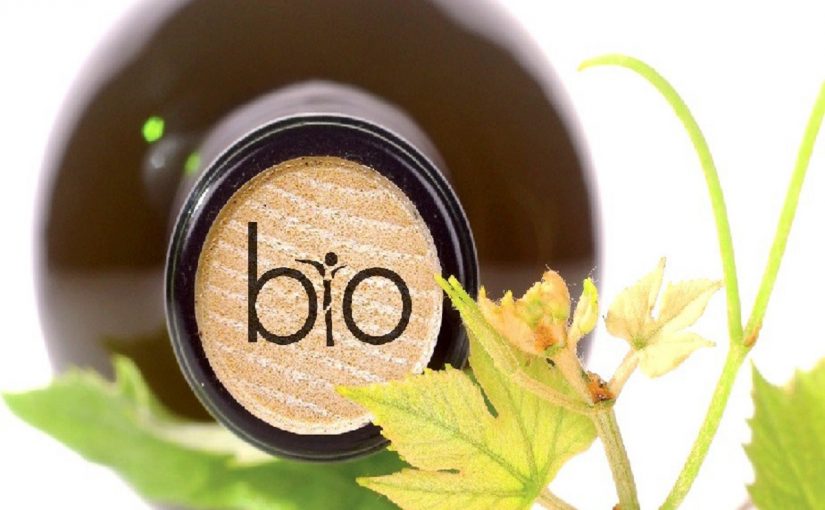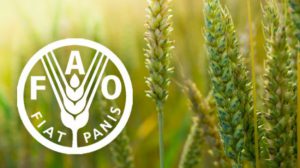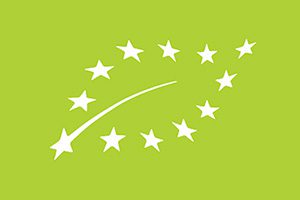16.11.2018
SAFETY OF OLIVE OIL AND TESTS
Nowadays, the Italian newspapers report that there are “perfect” chemical analysis but defective olive oil. How is it possible?
Too often laboratories limit themselves to the basic parameters: acidity, peroxides and spectrophotometry. Instead, very low values of these analytical tests do not guarantee that the oil is extra virgin olive oil. A bit of chemistry and biochemistry can help us to understand what can happen inside the olive and not ruin the work of an entire year.
Acidity, peroxides and spectrophotometry are not reliable indices of anaerobic fermentations of olives from which the oil was obtained, but only of processes of “oxidative degeneration” of fat acids.
What does it mean?
The parameter that is mostly taken into consideration, usually, is acidity. The olive growers were taught, in the 1980s and 1990s, that by picking the olives off the ground or leaving them too much in the boxes (not to mention the sacks) fermentations were triggered, which then caused the acidity to rise.
This is an over-simplification that, resisting over time, it is now creating some misunderstanding.
Fermentations are not directly responsible for the increase in acidity. Fermentations are the result of microbial activity of fungi and bacteria that can break the cells of the olive. With this rupture the enzyme lipase is released and the phenomenon called hydrolytic rancidity is triggered, i.e. the triglycerides (three fatty acids + glycerin) are chemically degraded leading to the release of fatty acids, which will be called free fatty acids.
The peroxides, then, are only a direct index of oxidation. Instead, it can be present a rancidity due to the free radicals of unsaturated acids in contact with oxygen in the air. In this case we speak of the different phenomenon of oxidative rancidity. This factor is an important parameters because they indicate if the olives worked were healthy, that is not attacked by the fly of the olive. In fact, in the event of a strong attack of the fly, the larva damages the cells, freeing up lipase, but also favors the oxidation of the pulp, through the entry and exit hole of the larva.
Further, in the overripe olives, the cells naturally tend to degrade, releasing lipase, hence the increase in acidity. Worse for the olives harvested from the ground, where phenomena of cellular degradation and oxidation are triggered, due to the breaking of the olive due to mold and bacteria.
Without getting to such excesses, for which we risk that the parameters of acidity and peroxides no longer meet the requirements of the extra virgin olive category, even in olives at the right degree of ripeness and healthy, phenomena of anaerobic fermentation can happen.
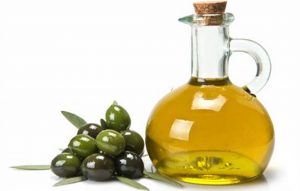
But is there a chemical analysis that “measures” the anaerobic fermentations?
The analysis in question exists and is that of ethyl esters (formerly alkyl esters). In fact, the common characteristic of the anaerobic fermentations borne by the olives is that of producing a certain quantity of ethanol. This ethanol combines with free fatty acids, producing ethyl esters. Therefore, an increase in ethyl esters can only be due to anaerobic fermentation that has compromised the olives since the beginning.
It is therefore possible that an oil with relatively low acidity, even below 0.3, and equally low peroxides, may be defective, such that it can not be allowed to be classified as extra virgin olive oil. The paths that lead to the formation of acidity of the oil and those that lead to the formation of heating and rancid defects, despite having points in common, are absolutely different from the biochemical point of view.
It is no coincidence that low quality oils, which have been involved in judicial investigations over the last few years, have had the basic parameters (acidity, peroxides and spectrophotometry) low and more than responding to the extra virgin category, but higher ethyl ester values (or border line, when not openly beyond threshold) and more or less marked organoleptic defects.
Beyond the legal issues, it is clear that the basic parameters are insufficient to guarantee not only that the oil is of quality but also that it is extra virgin olive oil.
OUR ANSWER TO THE PROBLEM
SMAF LTD is an intermediary of Calabrian olive oil corresponding to the trade names provided for in Directive 136/6623 / EEC, Reg. EC 2568/91 and Reg. EC 1989/03.
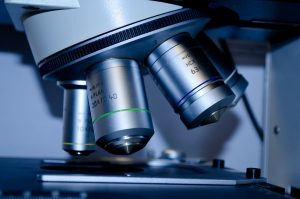
The types we guarantee are:
- Extra virgin olive oil with an acidity of less than 0.8%
- Virgin olive oil with an acidity up to 2%
- Olive oil composed of fine oils and oils of virgin olives with an acidity not exceeding 1%.
In all cases, the anaerobic fermentation of these genuine is prevented by the cold press squeeze of Calabria olives, and by the care of our producers in collection of olives.


